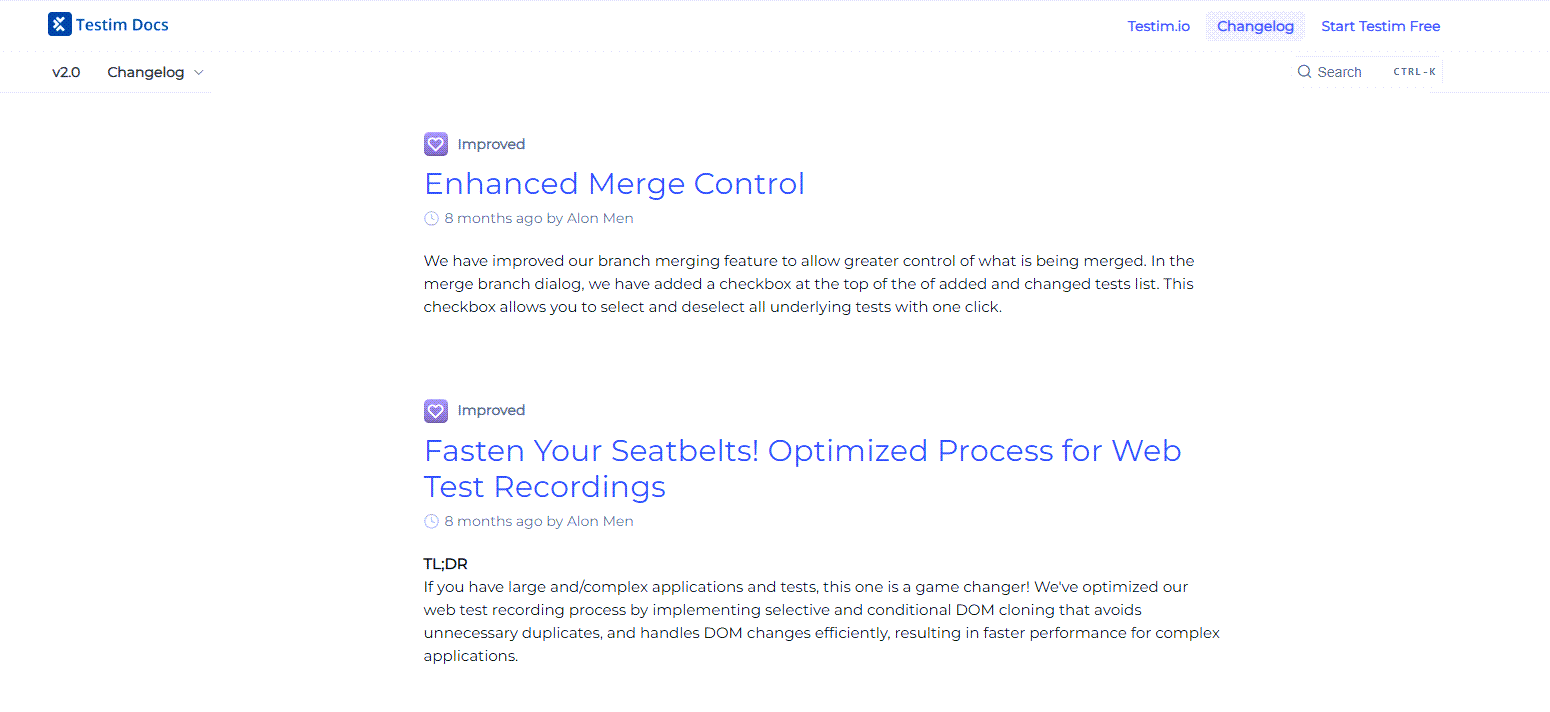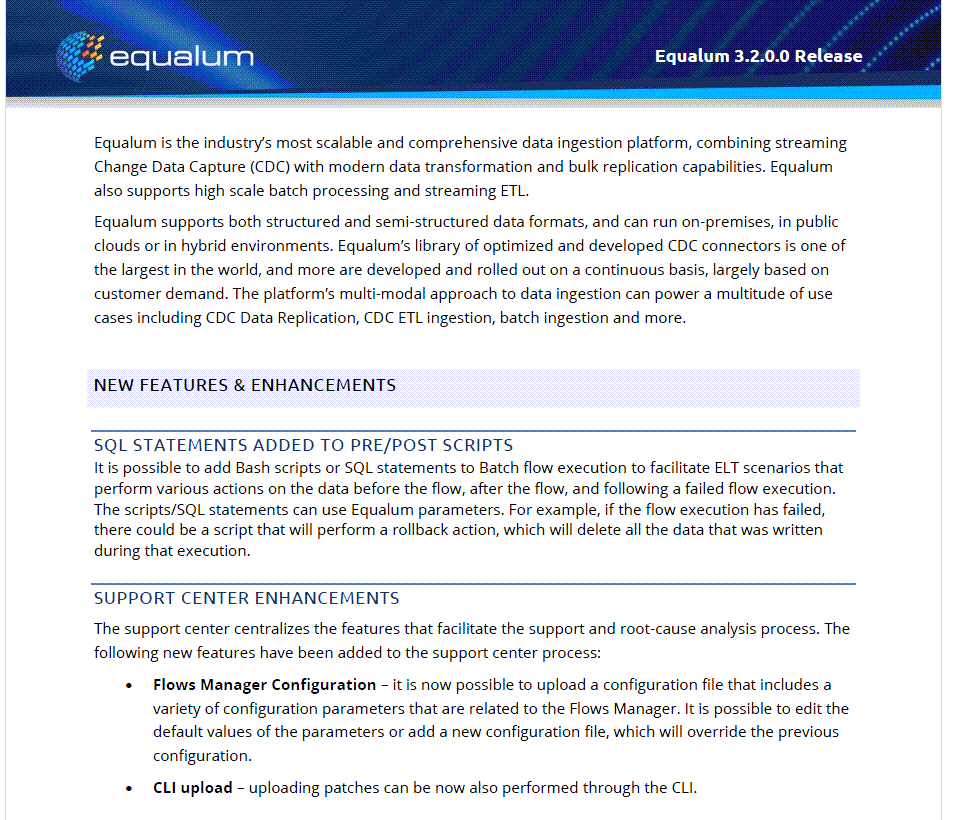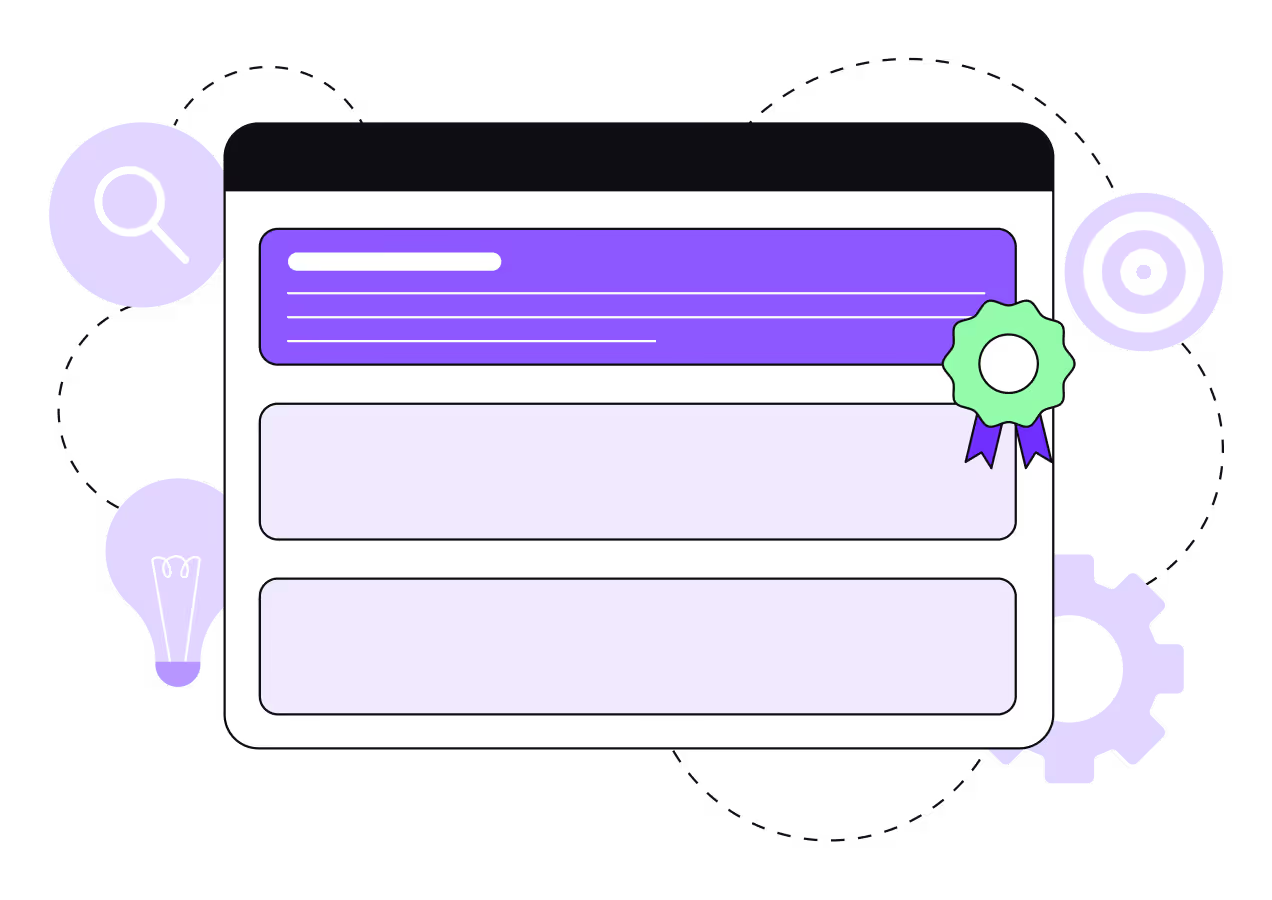Release Notes vs. Changelog: What’s the Difference and When to Use Each One
Part of the responsibility of a technical writer is often to write (or at least help write) the product’s release notes or the changelog. They sound similar, but they serve very different purposes, especially if your product development uses versioned releases or continuous integration and deployment. Understanding that difference is key to choosing the right format for your audience and your release model.
What Is a Changelog?
A changelog is a technical, chronological record of everything that’s changed in your product, including versions, fixes, improvements, and new features. It’s your source of truth for release history, often automatically generated from Git commits or Jira tickets.

Changelog entries can be one of the following:
- Added - a new feature was added.
- Fixed - a bug was fixed.
- Changed or improved - an existing feature was changed/improved.
- Removed - a feature was deprecated.
What Are Release Notes?
Release notes are user-facing summaries of your updates, written to communicate value, not just change. They translate technical data from the changelog into human-friendly, benefit-oriented updates and are designed to inform users about what's new and how it benefits them.

Release notes typically include the following sections:
- General description of the version - an intro paragraph that highlights and summarizes the main theme of the release.
- New features - a list of new features.
- Bug fixes - a list of the bugs that have been fixed. Sometimes the bug fixes include an indication of the related Jira tickets.
- Known issues - this optional section list issues or bugs that as of this version are known. This is helpful for support as they reduce the number of overall support tickets.
CI/CD vs. Versioned Releases: Why It Matters
This is where the distinction really comes into play. In traditional versioned releases, teams ship updates every few weeks or months. Each release is a discrete event — “v2.1,” “Q4 2025 Release,” etc. In this case a release note is issued with the release and it’s easy to relate the software version to the related release notes. But in continuous integration and deployment (CI/CD) environments, things move differently. Updates are released daily or even hourly, making individual release notes impractical. In some cases there is even no customer-facing version number, although there could be an internal build number.
How to Write Release Notes and Changelog Entries
As technical writers, the process of gathering the information to write release notes or changelogs varies considerably between companies.
- Centralize all the Jira tickets, PRDs and even commit data that was used in release or feature.
- Discuss the features with the product manager to get their perspective on the need, the value etc. If possible it’s recommended to go through the feature together as a kind of “demo” session. This will be a good opportunity to take screenshots that can be used in the release notes/change log.
- Write and publish the release notes or changelog entry. Most documentation or CMS systems have a specific section, where you can add these quickly.
- In some cases you may be asked to help the marketing and support teams use this information to the blog, support portal, etc.
In Conclusion
Both changelog and release notes are used to communicate the changes in the product. Although release notes are typically considered more benefit-oriented (why it matters), while changelog is more factual (what changed), I personally think both should be written with a marketing flair to them. To me the difference is more related to whether the product is released in versioned cycles versus CI/CD. Let me know if you think differently and why.


